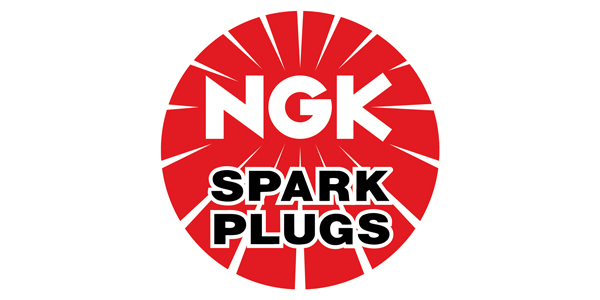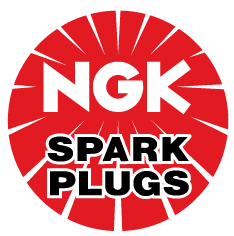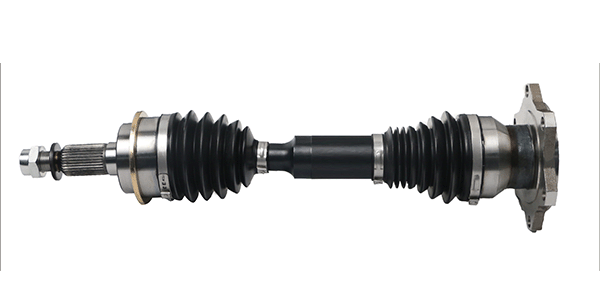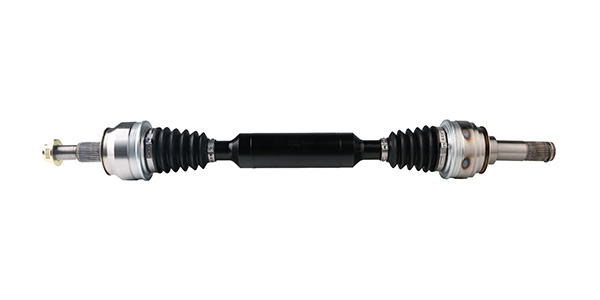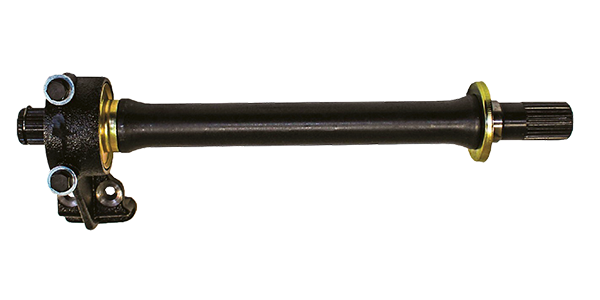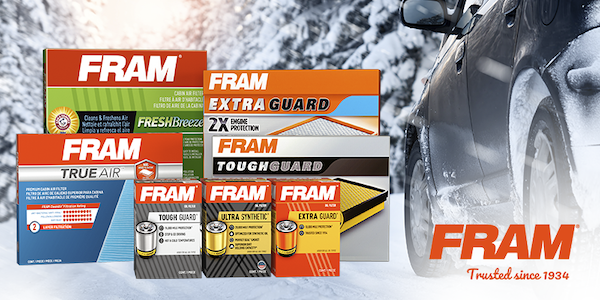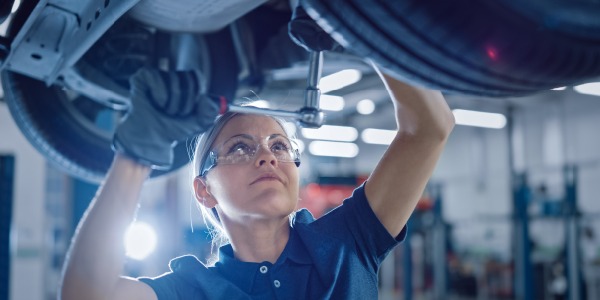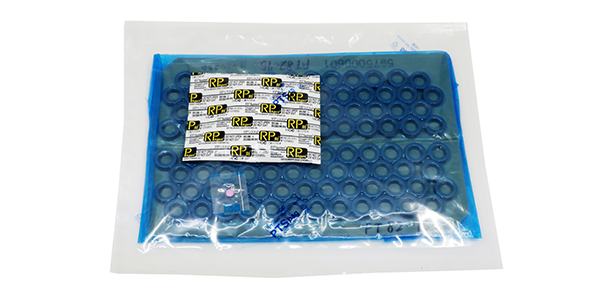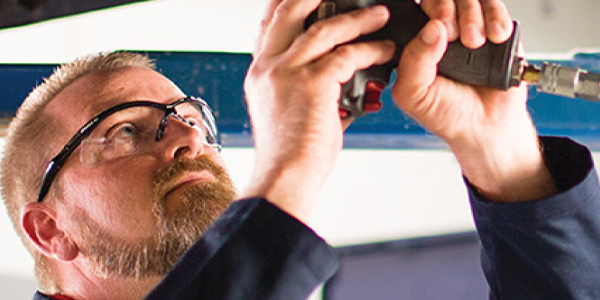In a perfect world, a flashing check engine light for a misfire would always be solved by installing a new ignition coil. If this were true, there would never be any parts returns. The reality is that a misfire can be more than a missing spark from an ignition coil.
Ignition coils can vary greatly in size and shape but share three common parts. These are the primary windings, secondary windings and a non-conductive or dielectric insulation material that separates the two windings. The insulation material is typically a dielectric resin that is applied in a vacuum, so air bubbles are not formed. Air bubbles can create a path for electricity inside of a coil, and lead to premature failure.
Coils fail for a variety of reasons including heat, vibration, or issues on the secondary side of the ignition system. Coils are commonly found bolted to the cylinder head, either on top or inside of a cylinder specific well. Excessive heat and vibration can cause the insulating material to break down and create internal coil failure. Worn secondary ignition components such as spark plugs or wires can cause a coil work harder, require more voltage, and therefore significantly reduce the operating life of the coil.
When a coil fails, it is possible the electricity created is unable to reach its destination, the spark plug. When this happens, the electricity created inside of the secondary windings looks for the path of least resistance to ground. This path is commonly found through the boot or body of the coil. Carbon tracking happens when oil, dirt, or moisture is electrostatically attached to the boot or insulator and creates a path to ground. When carbon tracking is found, the coil and corresponding plug should be replaced. It is also possible that a failed ignition coil can cause damage to the engine computer, or ignition control module.
Aftermarket replacement coils are often engineered to prevent common pattern failures found with the original ignition coils. These improvements can include improved dielectric materials that better insulate the secondary and primary coils. Also, improvements can be made to the design of ignition control module, so the unit is able to withstand greater levels of heat and vibration.
If a coil is returned, the counter professional needs to ask the customer the reason for the return. Manufacturing defects for coils are extremely low to non-existent for some manufacturers because the coils are tested before the unit is sealed in the box.

